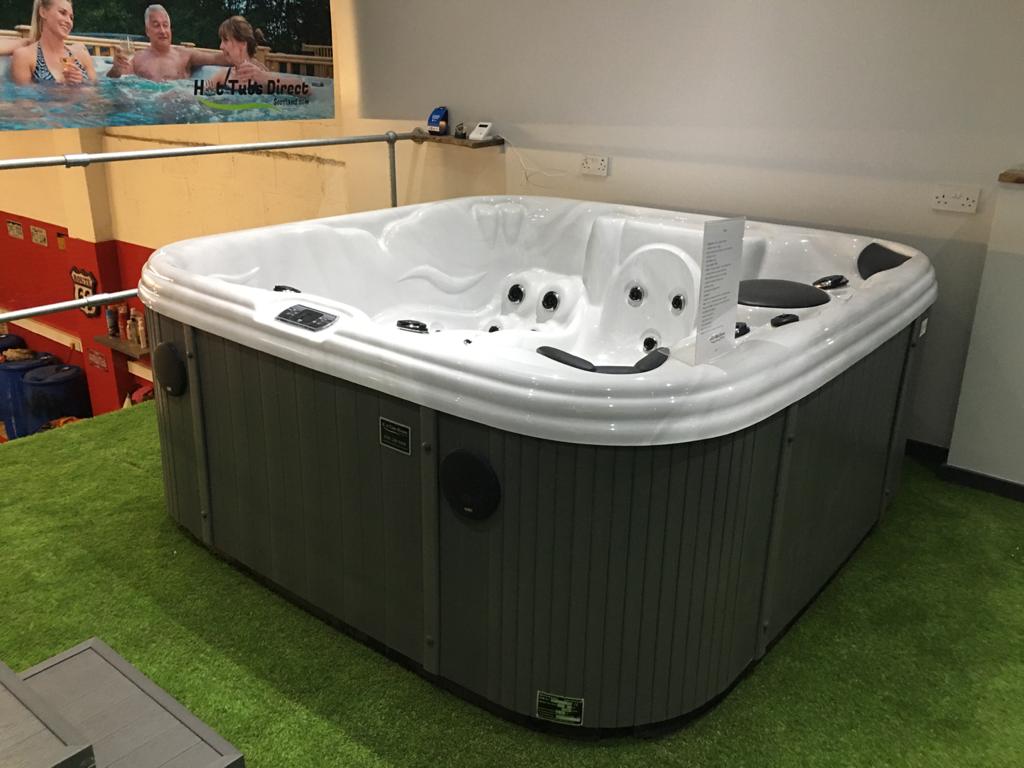Waking Watch: What is it and does it work?Waking Watch: What is it and does it work?

Waking watch is a fire safety measure introduced to protect high-rise properties deemed at high-risk of fire until construction work is done to resolve the issue.
Introduced following the tragedy of the Grenfell tower fire, waking watch involves 24/7 monitoring of a building by trained fire marshals, looking for signs of fire and raising the alarm when required.
Unfortunately, a lack of funding means that the remediation work that was promised has been shockingly slow in arriving and residents have been stuck paying for waking watch services on a much more permanent basis than was ever intended.
This article will give you all the information you need about the pros and cons of waking watch, as well as exploring the most cost-effective alternatives that are currently available.
Why was waking watch introduced?
Immediately following the Grenfell tower disaster in 2017, 24-hour manned security patrols were put in place on similar high-rise properties found to have similar flammable cladding on the exterior.
In October 2017, the National Fire Chiefs Council (NFCC) made this role official by introducing a requirement for such buildings to introduce a ‘simultaneous evacuation’ policy until the condemned materials could be replaced.
Before this point, the recommended action for residents in high-rise buildings was to stay-put in their apartments until the fire service arrived but the risk of fire spreading rapidly was deemed too high for this to continue.
Instead, it was decided that all inside these buildings are evacuated as quickly as possible the moment that a fire is detected.
The only effective ways to allow for such a policy were to either put waking watch in place, or to install a common fire alarm system, and as a result it is now a legal requirement for one of the these to be implemented.
What is waking watch?
Waking watch involves highly trained fire marshals continually patrolling high-rise buildings in the search for fire and fire hazards.
Should a fire be detected, these marshals will alert all residents and ensure the safe and rapid evacuation of the building.
With patrols conducted at least every 15 minutes 24 hours a day, carefully examining both the exterior and all interior floors of the building, by experts who are highly trained to spot the signs of a potential fire, waking watch can be an incredibly effective fire safety measure.
Whilst spotting a fire is thankfully very rare, fire marshals are still valuable in maximising the safety of the building, ensuring that all fire doors are closed, fire hazards are eliminated, and residents are informed on best practice.
Finding a waking watch service
The effectiveness of waking watch varies on a number of different factors including the area requiring coverage, complexities of the site, and the skill level of the guards in question.
To ensure that your property is as secure as possible it is vital that you make sure that those responsible for putting the waking watch in place choose a respected security firm with highly qualified fire marshals.
The cost of waking watch
Whilst waking watches are extremely effective in identifying fires and keeping residents safe, this 24/7 manned service comes at a hefty cost.
Local authorities will provide funding for waking watches to some extent, although this expense will significantly affect the money available for permanent refurbishments and other public services.
Between 2017 and 2020, for example, Camden Council alone spent over £10m on waking watches, across just 9 tower blocks.
Individual tenants are the ones who feel the cost of waking watch the most, however, with fees for leaseholders ranging from an average of £400 a month, to an eye-watering £800 a month.
For this reason, it is recommended by the National Fire Chiefs Council (NFCC) that a waking watch service is replaced by a common fire alarm as soon as possible unless remediation working is to be completed imminently.
Alternatives to waking watch
The ideal response to the discovery of flammable materials in the exterior wall system of high-rise properties is ALWAYS to replace the condemned sections as soon as possible.
Unfortunately, however, Government promises of funding for building improvements that were made following Grenfell have not materialised, and many residents have been stuck paying extortionate fees for waking watch services that were only ever intended as an extremely short-term option.
The only other way to remove Waking Watch in buildings waiting on remediation work being completed is the installation of a common fire alarm system.
This system will ensure that all residents are alerted the instant that a fire is detected anywhere in the building, rather than monitoring individual apartments alone, allowing for the simultaneous evacuation required under NFCC guidance at a fraction of the cost of waking watch.
For this reason, the best route forward for the vast majority of high-rise properties is to implement a waking watch ONLY until a common fire alarm is installed, unless remediation work is guaranteed to be completed in just a matter of weeks.

